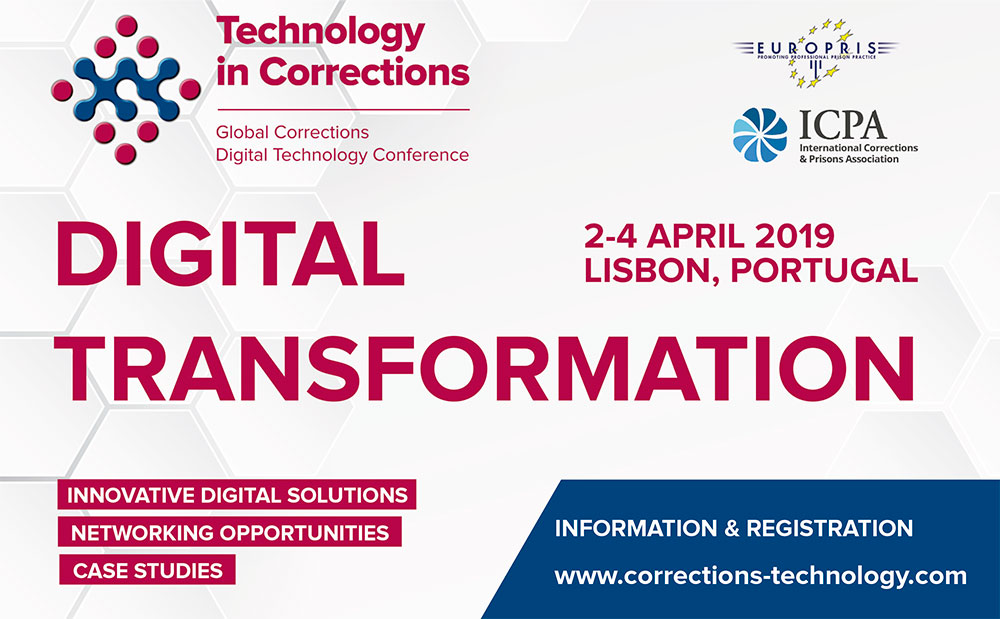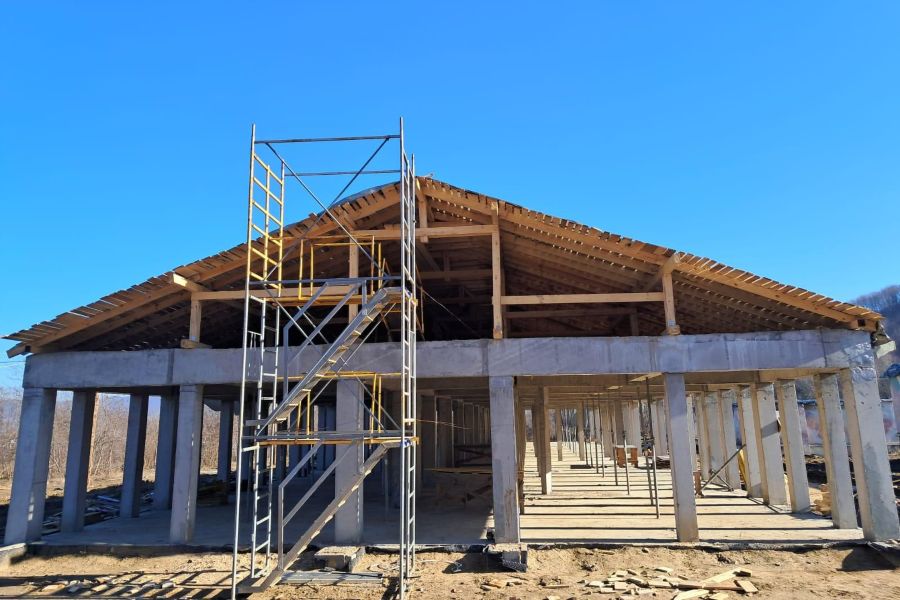Convergence of technology has been a constant feature in the industry for decades. With recent progress in technology, the pace of convergence has accelerated significantly giving birth to new concepts such as ‘Smart Cities’ and ‘Smart Nations’ as well as new product types such as the Internet of Things (IoT). The correctional industry is not spared from technology convergence either. Like in other industries, technology in corrections can be split into two main categories: Information Technology (IT) and Operational Technology (OT).
IT systems are implemented to enable corrections organisations to gather and manage information on offenders in a more productive, effective and efficient manner resulting in improved business processes and better offender case management. IT systems are usually desktop systems in the office where staff access information about the offender, their needs and about the treatment rendered. Emails and other collaboration tools were also implemented to improve workflow and productivity.
Concurrently, different technologies are also implemented to support ground operation in prison. These technologies address real-time needs to ensure smooth operations, security and safety within the prison facilities. Those OT systems such as electronic locks, surveillance cameras and radio communications are facilitating ground operations and often managed by local security staff or dedicated experts.
Several prisons around the world have already embarked on a convergence journey as they are already using computers to control doors, gates and other security elements which provide better situational awareness and operational control. Typically, these systems are called Integrated Security Management Systems (ISMS). Most of the OT systems, however, are still designed and delivered as siloed packages with no or limited integration to other OT or IT systems.
Analysts (Pettey, 2017) says that the benefits derived from managing IT and OT convergence include optimised business processes, enhanced information for better decisions, reduced costs, lower risks and shortened project timelines. Besides those potential improvements IT and OT convergence and integration could bring, the current technological evolution simply forces IT and OT managers to start the conversation on how to keep both systems secure and up to date.
This article explores how the IT and OT worlds are rapidly converging and the potential benefits that could be reaped from bringing them together in corrections. In a context where OT is traditionally used to limit and control physical movements and monitor the behaviour of people, we will look into how recent technological evolutions combined with an improved IT/OT alignment and integration could be leveraged as enablers for correctional innovation.
Operational Technology
When Gartner (2011) uses the term operational technology, it is mainly referring to an independent world of physical-equipment-oriented technology that has been developed, implemented and supported separately from the IT organisation. It consists of hardware and the supporting software systems that manage, monitor and control those physical devices and the operational processes they support. OT is mainly found in industries that manage critical infrastructures, such as water, oil and gas, energy, and utilities, but also in automated manufacturing, pharmaceutical processing, defence, public safety, traffic & transportation and more broadly OT forms the foundation of many building management and control systems.
Traditionally, OT systems and IT systems are from different traditions. As expected, OT systems are developed using their own appliances, standards and protocols. This OT world has its own engineers and operators who are using a particular language with terms such as PCD[1], PLC[2], DCS[3], SCADA[4], SIS[5], ICS[6]. In most organisations, the responsibility to manage and maintain those systems is carried out by separate divisions and often there is a limited understanding outside of what they are doing and how it all works.
This situation is not uncommon in correctional agencies: the majority of OT used in prisons has been implemented to support one of the most important goals: providing security control and a safe environment for both prisoners and staff. The important roles that communication systems, CCTV, Access Control or Perimeter Detection systems are playing in modern prison management cannot be underestimated in the way they enable the continuous surveillance, management and control of movements and activities and the internal communications in a prison executed by a reduced number of operating staff. However, the management of those technologies as well as the knowledge about them is, in many jurisdictions, owned only by some specialists or is even completely outsourced. The skillsets needed is vastly different from that of IT, and as such, most IT organisations are ill-equipped to manage them.






